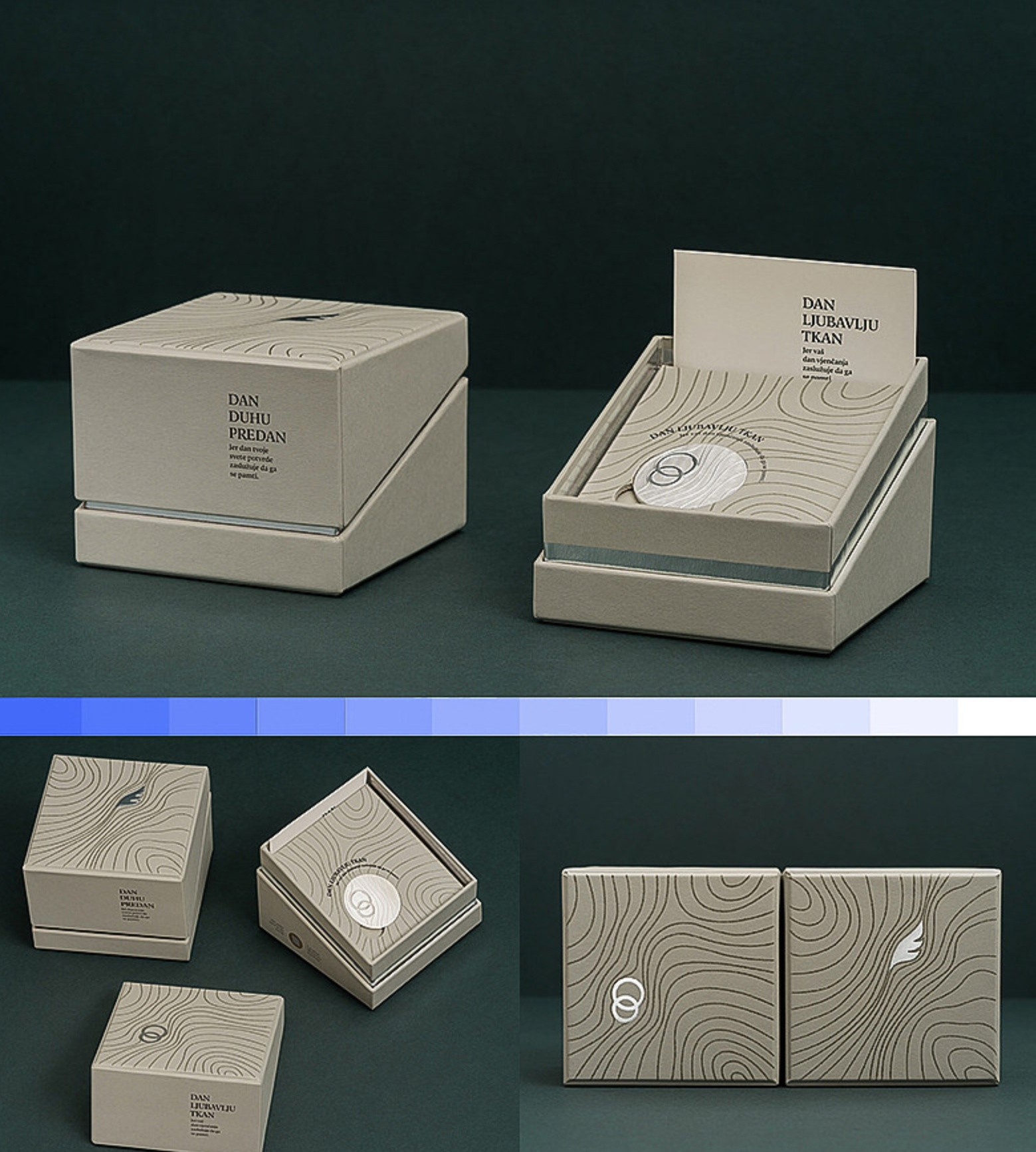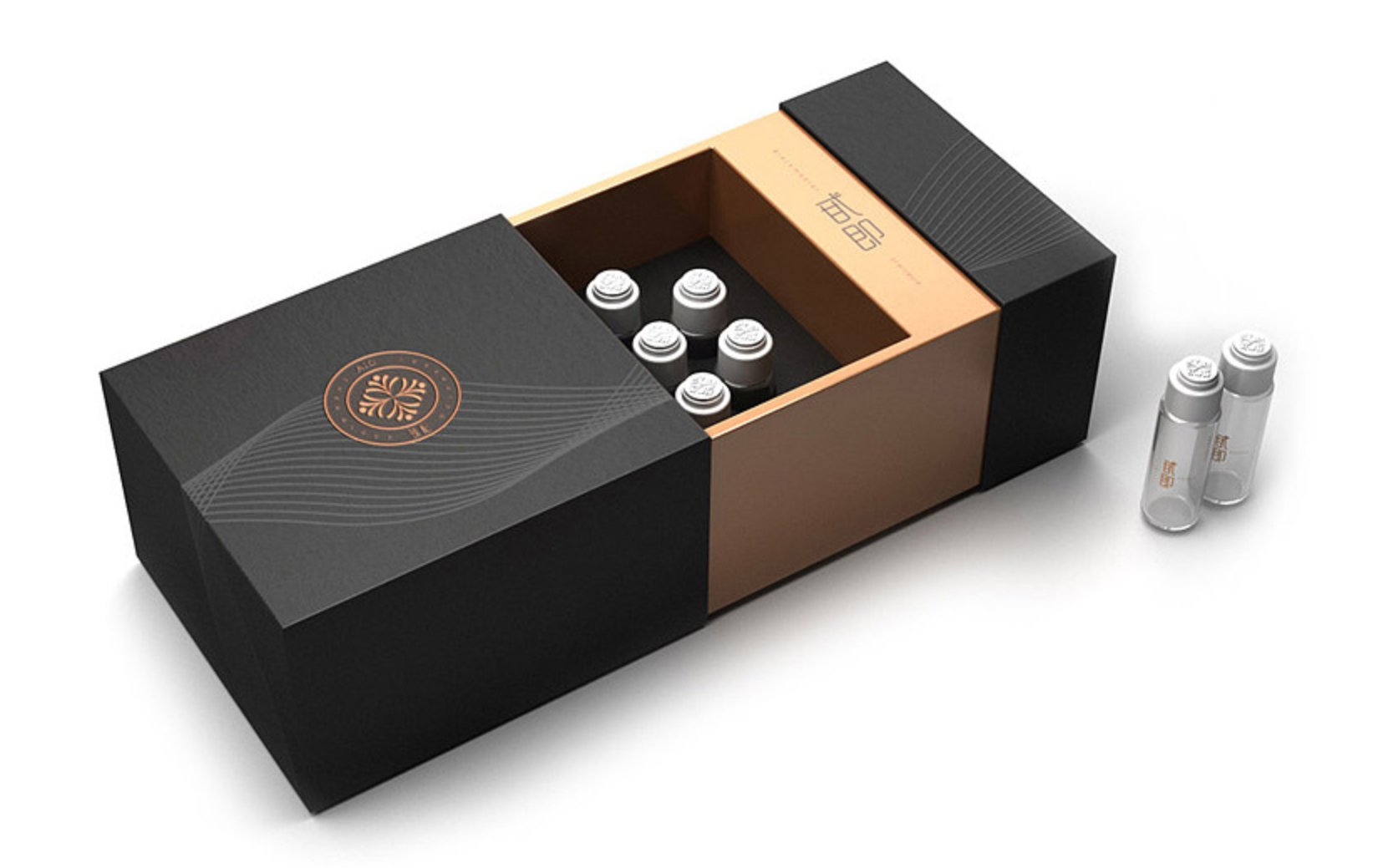In recent years, packaging has become an essential element in product marketing and brand communication. This is particularly true for ceramic products,
where the packaging not only serves as a protective covering but also creates a lasting impression on the consumer. In this article, we will explore the
structural features and design trends of packaging boxes for ceramic products, incorporating the latest design concepts.

Structural Features:
The structural design of packaging boxes for ceramic products plays a crucial role in ensuring the safe transportation and presentation of the product.
One of the key considerations in the structural features is the choice of materials. Nowadays, eco-friendly and sustainable materials are gaining popularity as
consumers become more conscious of their environmental impact. Recyclable cardboard, Kraft paper, or even biodegradable plastics are frequently used to
create packaging boxes that align with the principles of sustainability.
Additionally, the shape and dimensions of the packaging box are designed to ensure that the ceramic products fit securely and minimize the risk of damage
during transportation. Foam inserts or custom-made compartments are often incorporated to provide cushioning and necessary support.
Design Trends:
The design of packaging boxes for ceramic products has evolved significantly to reflect the changing preferences and trends. The following design trends are
currently prominent in the industry:
1. Minimalism: Minimalistic designs, characterized by clean lines, simplicity, and a focus on typography, have gained popularity. These designs offer a sophisticated
and elegant look, allowing the ceramic products to be the main highlight.
2. Nature-inspired: Designers are increasingly drawing inspiration from nature, incorporating organic shapes, textures, and natural color palettes into the packaging.
This trend aims to create a sense of harmony between the product and its environment.
3. Personalization: Customization and personalization have become significant factors in packaging design. Brands are leveraging digital printing techniques to create
unique packaging that caters to individual preferences and establishes a deeper connection with the consumers.
4. Innovative Openings: Traditional rectangular boxes are being replaced with innovative opening mechanisms, such as sliding covers, magnetic closures, or origami-inspired
folds. These designs not only enhance the visual appeal but also offer a delightful unboxing experience for the customers.
5. Emotional storytelling: Packaging is utilized as a storytelling medium, allowing brands to communicate their values, craftsmanship, and brand stories. Emotionally compelling
packaging helps create a connection with the customers and reinforces loyalty.

Conclusion:
The packaging of ceramic products has evolved from a mere protective covering to a powerful marketing tool. The structural features of packaging boxes are designed to ensure
the safe transportation and secure presentation of ceramic products. Moreover, the incorporation of the latest design trends, such as minimalism, nature-inspired elements,
personalization, innovative openings, and emotional storytelling, adds value to the overall product experience. By embracing these design concepts and constantly adapting to
consumer preferences, ceramic product packaging can effectively communicate the brand's identity and drive consumer engagement.
In conclusion, the future of packaging boxes for ceramic products lies in the fusion of functionality, sustainability, and aesthetic appeal. By creating packaging that not only protects
but also captivates the consumer, brands can enhance their market presence and establish a lasting impression.





